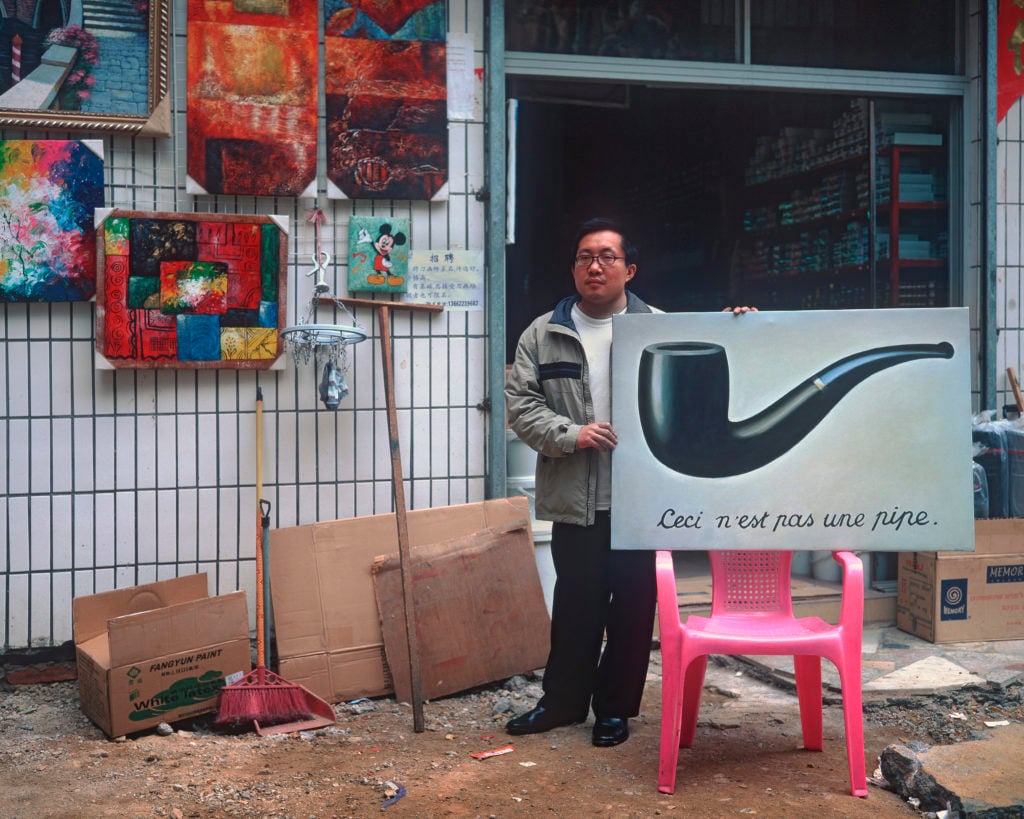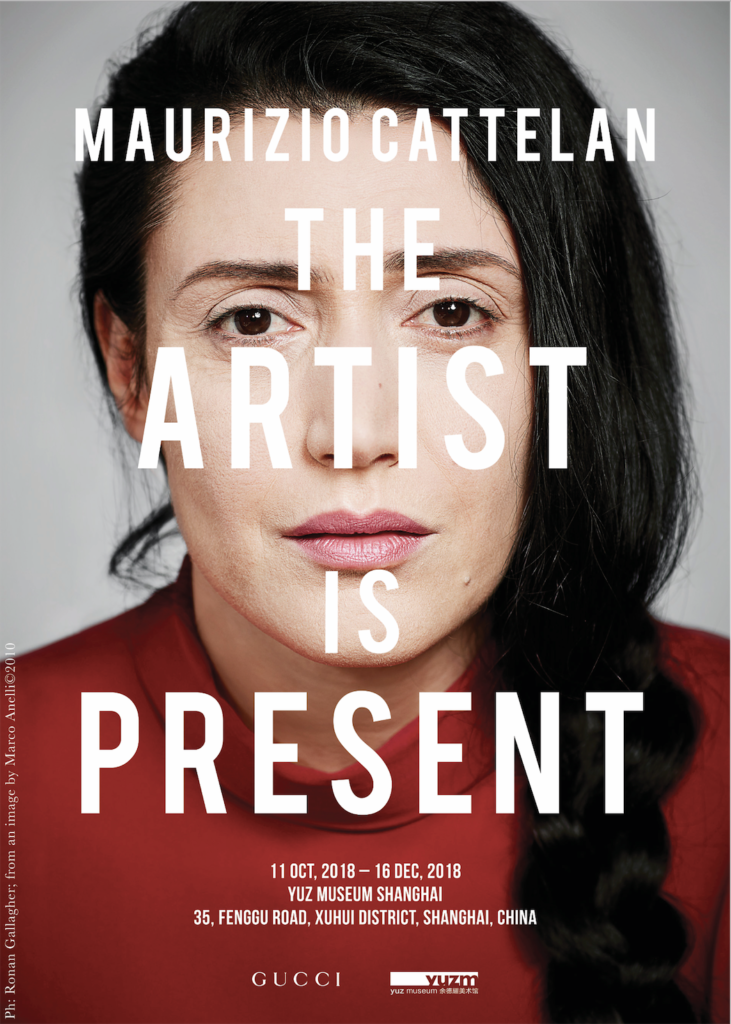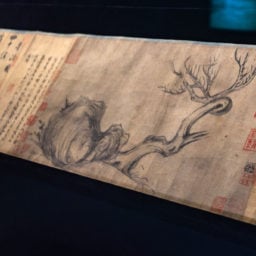This series, “What I’ve Learned About Copies,” is a collection of small factoids or tidbits of random information with no effective use that I happened to encounter during the research for the exhibition “The Artist Is Present,” an upcoming show in Shanghai that questions the most sacred principles of art in the modern era: originality, truth, and identity. How can this trinity be reached through the act of repetition, and how can originals themselves be preserved through copies? Rule number three: To create something out of nothing is a godlike quality. As a human being, I’m aware of the fact that none of my thoughts are original. I’m the combined result of everything that preceded me. Even Michelangelo.
Ceci N’Est Pas Une Pipe, But Is It a Copy or an Original?
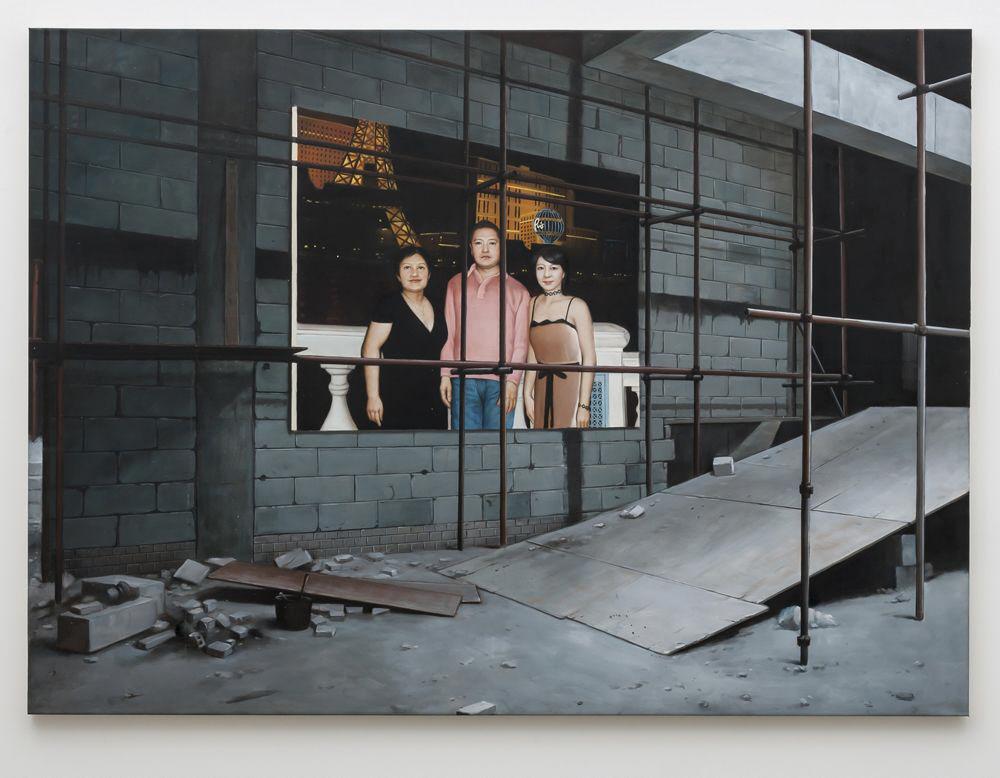
Christian Jankowski, Casino Family, 2008. Oil on canvas, 213 x 297 cm. From the series China Painters. Courtesy of the artist.
In a manufacturing metropolis in southern China lies Dafen, an urban village that famously houses thousands of workers who paint Van Goghs, da Vincis, Warhols, and other Western masterpieces for the world market, producing an astonishing five million paintings a year. In 2007, while visiting Dafen and the construction site of a museum built by the communist party to promote the arts in China, Berlin-based conceptual artist Christian Jankowski was surprised to learn that the architects weren’t told what type of art would be shown in the museum. He then decided to photograph the future exhibition spaces—the walls still empty—and commission various painters to copy them. Each painter was also asked to fill in the empty wall depicted with a painting of his or her choice, as if he or she were the future museum director.
Three years later, the series of paintings, titled China Painters, was exhibited at the Dafen Art Museum. But Christian Jankowski is said to have himself re-appropriated a pre-existing work by the Hong Kong-based photographer Michael Wolf, who in 1997–’98 produced a number of photographic portraits of the workers from Dafen posing with their paintings. The plagiarism was denounced by Winnie Won Yin Wong in her book Van Gogh on Demand: China and the Readymade, dated 2013. Echoing the title of Won Yin Yong’s book, Jankowski replied in 2015 with Chinese Whispers, a series of paintings produced by the copyists from Dafen, based on tableau vivant-style selfies of Van Gogh’s imitators, which Jankowski found on the Web.
And that’s not the only case in which the copyists of Dafen became the protagonists of a meta-reflection about copies in the art world.
In 2006, Liu Ding, a Beijing-based conceptual artist, asked Dafen “assembly-line” painters to perform at the Guangzhou Triennial, each creating the same landscape painting. That same year, Amsterdam’s World Press Photo organization awarded the Shenzhen-based photojournalist Yu Haibo for his China Dafen Oil Painting Village at the 49th World Press Photography Contest, later resulting in the feature documentary film Dreaming of Van Gogh (2016), co-directed by Kiki Tianqi Yu.
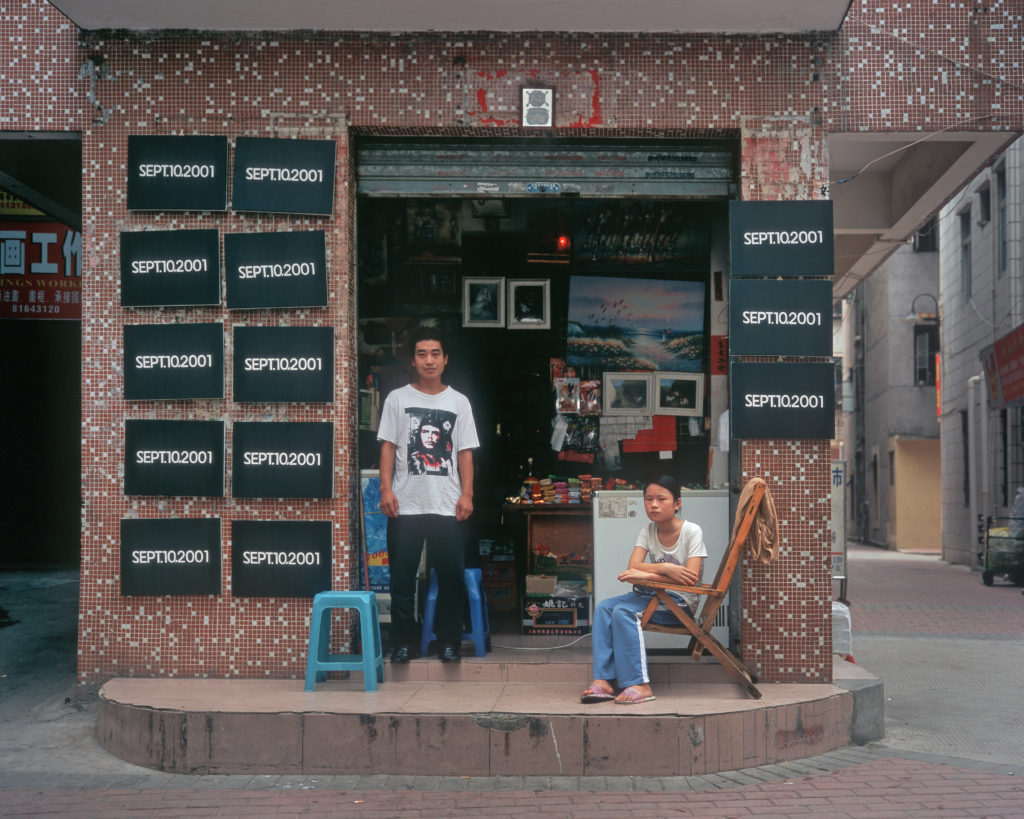
Michael Wolf, On Kawara €3.50 (2006). Photograph from China Copy Artist or Real Fake Art. Courtesy of the artist.
Even Dafen, of course, is not unique: There are many other places where the activity of copying artistic masterpiece is essential for the living of many people. One of them is the town of Afragola, in the suburbs of Naples, that has been notorious since the 1970s for its trade painters who produce countless oil-on-canvas paintings.
In the same way as Dafen, the town celebrates its specialty with a jubilant annual painting contest.
As you can imagine, in a global economy world, these Neapolitans painters believe that their market has been usurped in recent years by the Chinese painters of Dafen. In fact, oil paintings commissioned by European clients have been a market demand in China since the 1760s, and one of the earliest oil paintings by a Chinese artist—painted in 1610—is said to sit in the Church of the Gesù in Rome.
“The Artist Is Present” is a show curated by the artist Maurizio Cattelan in collaboration with Gucci creative director Alessandro Michele, taking place at Shanghai’s Yuz Museum from October 10th to December 16th.
